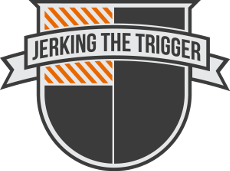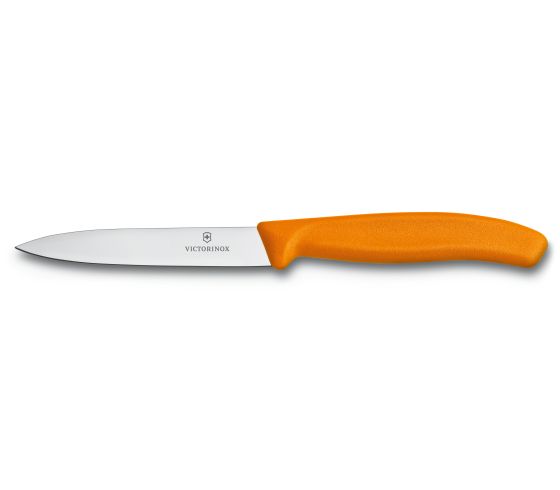The Victorinox/Forschner Paring Knife has received a lot of attention lately as a low profile, affordable, and basically disposable self-defense blade thanks in large part of the good work of Ed’s Manifesto but these humbles knives still aren’t getting all the attention due them as utility, outdoor, and hunting knives. The same attributes that make them so useful in the kitchen make them useful everywhere around the house, in your EDC, and especially in the woods.
I don’t want to blather on about something as simple as a paring knife so I will lay out why they are great in outline format…
Comfortable Molded Handles – The handles are made from plastic that is molded directly to the knife’s tang. They are relatively slim and accommodate all the ways you might hold a utility knife. They are also readily release any blood, fur, and animal fat that you might encounter when processing game or livestock.
Aggressive Cutting Performance – These knives really do cut like scalpels. They are extremely thin and have a full height flat primary grind.
Good Enough Steel – Victornox knows a thing or two about stainless steel. Their stainless steel is not an exotic super steel but it is easy to sharpen to a fine edge and able to hold that fine edge long enough to do real work. These knives come from the factory scalpel sharp and they are easy to keep that way.
Lightweight – They weigh next to nothing. I can carry 3 of them in my pack and they still weigh less than most field knives.
Affordable – I usually buy them for $5-6 a piece shipped from Amazon, Ebay, or locally. I don’t care about handle color so I just buy the cheapest one (or better yet, several of the cheapest one).
Surprisingly Tough – When you first lay hands on one of these, it is tempting to think the knife may be fragile because it is so thin and light. You certainly wouldn’t want to use it to baton a bunch of kindling but you could for at least a little while. We have used a single knife to field dress a deer before including splitting the rib cage and opening up the pelvis without edge damage. It was still sharp when the job was done.
I use them several ways. Of course, they see use in the kitchen and my wife has a set of a few different sizes dedicated especially for food prep. I also use them around the house for cutting things that need to be cut – tape, string, boxes, etc. They are truly great for processing poultry, rabbits, and small game. They get a serious workout when it is time to process our meat rabbits.
They are great hunting knives. Instead of worrying about sharpening your knife in the field, you just carry a handful of them. If one gets dull part way through field dressing (it probably won’t), just grab the next one. That saves time, money, and weight in your pack. They even work well for butchering.
They are great for general outdoor and camping use too. Most of what I really need a knife to do in the outdoors is pretty low impact, especially if I have dedicated tools for processing firewood like a hatchet. Ultralight hikers make due without a knife at all and while I would never do that, I find a paring knife to be sufficient when used with other tools. Our forefathers basically tamed the frontier with thin knives that resembled kitchen knives (or were kitchen knives). If you just can’t live without a larger fixed blade, these weigh so little that you won’t feel bad about tossing one in the pack too.
Victorinox makes a few different products that will help you cover the edge for safe transport including a belt sheath but my favorite are their BladeSafes. They are plastic blade covers that open like a clam shell and have small rubber pads inside that grip the blade when closed. They are secure enough to allow you to carry the knives in your pack safely, very affordable, and best of all… dishwasher safe. That makes cleaning blood, fur, and animal fat out of them a breeze.
I have a stack of these knives and I think, after writing this, I am going to buy a few more. Check out the Swiss Classic Paring Knives.

